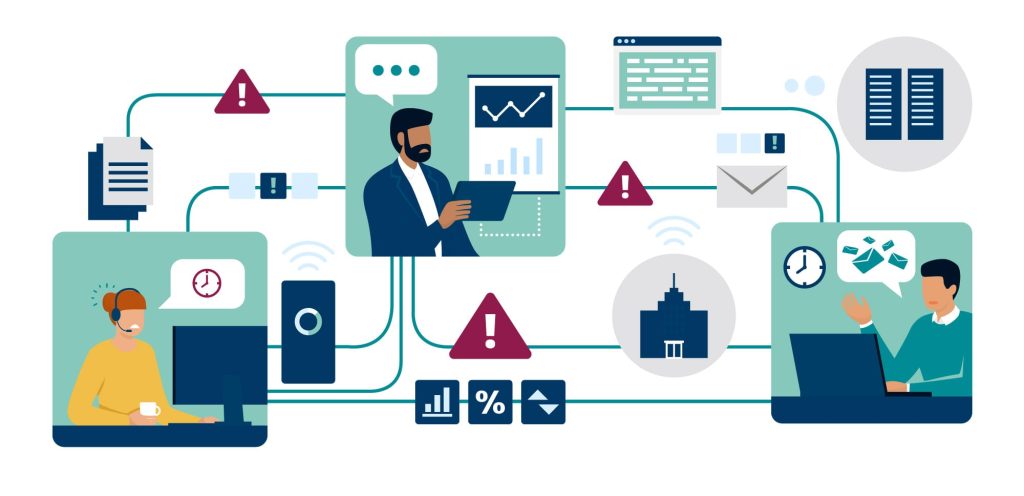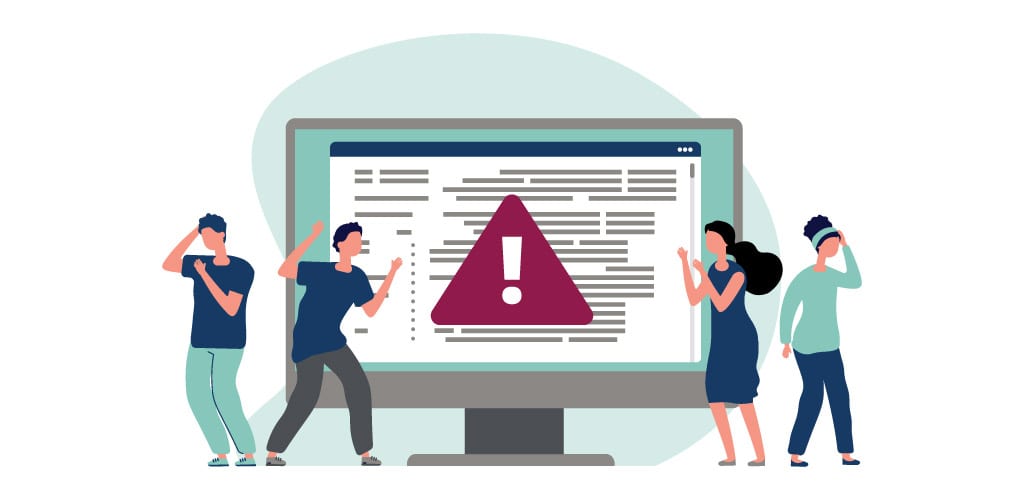5 Catalysts for Digital Finance Acceleration
Blog post
Share
As businesses navigate a precarious landscape, one thing rings true: they must be able to pivot and quickly respond to unprecedented circumstances. The rise of financial technology enables organizations to be proactive by optimizing their close processes. Rather than remaining reactive, organizations must analyze their current workflows and empower accountants to become business advisors with the help of digital finance technology.
Discover these five catalysts for digital finance acceleration and learn how shifting to financial automation turns existing challenges into new opportunities.
1. Mergers & Acquisitions
The current global climate is foreseeing an increase in mergers and acquisitions; in fact, as many as 24% of mid-market CFOs are planning for future M&As. The combined workflows between two different organizations drastically change the overall company culture, processes, policies, governance, and financials.
When merging two separate business entities, there can be major differences in workflows, software, and processes regarding the financial close. One entity may be utilizing a separate ERP system from the other, or there may be a conflict in how close tasks are documented. When legacy tools or manual methods are involved, the overall close process becomes so complicated that it is burdensome to navigate.

Without a centralized and automated solution in place, F&A teams can struggle to complete essential close tasks in a timely manner, inevitably leading to overtime and burnout. By accelerating financial close processes with automation, organizations can benefit from a reduction in risk and reporting errors, a decrease in FTEs needed to drive the close and a return to work-life balance. The journey to financial automation benefits everyone involved.
2. Need for Business-Critical Insights
In a precarious landscape that requires real-time insights to drive critical decisions for the organizations, information agility is key. Deriving vital insights from data analysis is critical to the value of an organization by enabling businesses to effectively strategize for the future.
“How does this information help us make a different decision? Just because we might have made this decision [a certain] way in the past doesn’t mean that, in the future, it needs to be made the same way.” –Omar Choucair, CFO of Trintech
By evaluating past decisions and their performance, organizations can proactively make decisions that impact future closes. Instead of merely reacting to events after the fact, gaining information agility in the form of financial close analytics, organizations can focus on “what will happen” and “how can we make it happen.”
3. Remote or Hybrid-Working Environments
As organizations navigate through fully remote or hybrid-working environments, they may find themselves in a bind to meet critical deadlines. Teams may over-rely on email and virtual meetings to keep F&A members up to date on account changes or status updates. This high dependence on email or other messaging platforms as a workflow tool can easily allow critical updates to get lost or buried, further impacting the productivity of F&A teams.

Shifting away from email platforms and towards a centralized finance task management solution enables finance teams and leadership to obtain a real-time view of close tasks without having to dig through endless emails and messages. By implementing a task management solution, accountants can focus their hours on completing assigned tasks rather than shuffling through multiple platforms.
4. Increased Volume of Work
When utilizing legacy tools during the financial close, accountants may find themselves manually entering financial data into spreadsheets from their system of record. As organizations see an increase in transactional volume, turning to manual methods leads to an increased volume of work. F&A teams find themselves engaged in time-consuming and tedious work as they ensure all balances match up and exceptions are accounted for. As the period-end close nears and deadlines approach, accountants often work overtime in order to meet those important deadlines.
Accelerating the shift to financial automation drastically reduces excess manual work by enabling the software to do the heavy lifting during the close. Rather than scrutinizing every figure in a balance sheet, F&A teams can focus their hours on investigating the highlighted exceptions and committing to strategic activities.
5. Inability to Assess Risk Profile
While many organizations may not outright admit it, nearly 50% of companies still rely solely on spreadsheets for auditing and controls. By utilizing spreadsheets to record finances, organizations leave themselves exposed to financial and organizational risk, therefore boosting an organization’s overall risk profile. Relying on spreadsheets to drive the close is both tedious and dangerous.

Instead of utilizing legacy tools, organizations can effectively reduce their risk profile by supplementing a financial automation solution. Not only does the software identify high-risk accounts, but it also enables financial leaders to properly assess risk. Supporting documentation for internal and external auditors can also be easily viewed to further streamline the auditing process. Rather than approaching compliance risk with a reactive mindset, organizations can stay ahead of the compliance curve with a proactive strategy.
By supplementing your financial close processes with an automated solution, businesses can further optimize their workflows. Watch this on-demand webinar to learn how to move away from the manual madness of legacy tools and shift towards financial automation.
Written by: Alex Clem


